Home>Storage Ideas>Storage Baskets>What Are Hot Air Balloon Baskets Made Of


Storage Baskets
What Are Hot Air Balloon Baskets Made Of
Modified: December 7, 2023
Discover what materials are commonly used to make hot air balloon baskets, including their purpose and benefits. Find out how storage baskets are essential for safe and efficient hot air balloon flights.
(Many of the links in this article redirect to a specific reviewed product. Your purchase of these products through affiliate links helps to generate commission for Storables.com, at no extra cost. Learn more)
Introduction
Hot air ballooning is a breathtaking and exhilarating experience that allows you to take to the skies and enjoy panoramic views of the world below. At the center of this incredible adventure is the hot air balloon basket, which serves as the essential platform for passengers and the pilot during the flight.
In this article, we will explore the fascinating world of hot air balloon baskets, from their historical significance to the modern materials used in their construction. We will delve into the factors that influence the choice of materials and the manufacturing process involved, as well as the maintenance and safety considerations that are vital for a successful flight.
Let’s embark on this journey and discover what makes hot air balloon baskets such a crucial component of every hot air balloon flight.
Key Takeaways:
- Hot air balloon baskets have evolved from wicker to modern materials like aluminum, carbon fiber, and fiberglass, enhancing safety, durability, and comfort for an unforgettable flight experience.
- The selection of materials for hot air balloon baskets is influenced by factors such as weight, strength, weather resistance, flexibility, maintenance, and aesthetics, ensuring optimal performance and safety.
Read more: What Is A Picnic Basket Made Of
History of Hot Air Balloon Baskets
The history of hot air balloons dates back to the late 18th century when the Montgolfier brothers, Joseph-Michel and Jacques-Étienne, made the first successful manned hot air balloon flight in 1783. During these early years, the design of hot air balloon baskets was rudimentary and primarily made of wicker.
Wicker, a flexible and durable material made from weaving plant stems, was the go-to choice for hot air balloon baskets due to its lightweight nature and structural strength. These early baskets were often small and cramped, accommodating just a few passengers and a pilot.
As hot air ballooning gained popularity and advancements in technology were made, the design and construction of baskets evolved. In the 19th century, larger baskets were developed to accommodate more passengers and allow for longer flights. These baskets were still predominantly made of wicker, but their size and shape were refined.
Fast forward to the present, and hot air balloon baskets have come a long way in terms of design, materials, and craftsmanship. While the essence of the basket remains the same, the materials used in their construction have seen significant changes, allowing for improved safety, durability, and comfort during flights.
Next, let’s delve into the different types of hot air balloon baskets that are used today.
Types of Hot Air Balloon Baskets
Hot air balloon baskets come in various shapes and sizes, depending on the specific needs and preferences of the pilot and the type of flight. Here are a few common types of hot air balloon baskets:
- Open Basket: An open basket is the most traditional and widely used type of hot air balloon basket. As the name suggests, it has an open design, allowing passengers to have an unobstructed view of the surroundings. Open baskets typically have compartments or sections for passengers and the pilot, providing a relatively spacious and comfortable flying experience.
- Partitioned Basket: A partitioned basket is designed with compartments or partitions to separate passengers and the pilot. This type of basket is commonly used for commercial hot air balloon rides, where safety and crowd management are of utmost importance. The partitions provide a sense of privacy and organization, ensuring a smooth and enjoyable flight for everyone on board.
- Tandem Basket: A tandem basket is specifically designed for two passengers and the pilot. This type of basket offers an intimate and immersive hot air ballooning experience, as it allows for a more personalized and interactive flight. Tandem baskets are often used for romantic or special occasions, giving couples or close friends the opportunity to share a magical journey together.
- Specialty Baskets: In addition to the standard types mentioned above, there are specialty baskets designed for specific purposes or events. For example, there are baskets designed for aerial photography or videography, equipped with special mounts and stabilization systems. There are also baskets designed for hot air balloon competitions, where pilots compete in various tasks and challenges. These specialty baskets are customized to meet the unique requirements of each activity.
It’s important to note that regardless of the type of hot air balloon basket, safety and comfort are always the top priorities. Now that we have explored the different types of baskets, let’s move on to the materials used in manufacturing these essential components.
Traditional Materials used for Construction
In the early days of hot air ballooning, wicker was the primary material used for constructing hot air balloon baskets. Wicker is a natural material made from weaving together flexible branches or reeds. It was chosen for its lightweight yet sturdy characteristics, making it ideal for aviation purposes.
Wicker baskets offered several advantages. They were durable, able to withstand the rugged conditions of early ballooning adventures. Wicker was also readily available and relatively easy to shape into the desired basket design.
Another advantage of wicker was its ability to provide some flexibility during landings. As hot air balloons have no landing gear, the basket would often touch the ground first, absorbing some of the impact. The flexible nature of wicker helped cushion the landing and provided a measure of safety for the occupants.
Despite its strengths, wicker does have some limitations. It requires regular maintenance to prevent it from drying out and becoming brittle. Exposure to extreme weather conditions can also shorten the lifespan of a wicker basket.
As technology advanced and the demand for more advanced materials grew, wicker began to be combined with other materials. For instance, modern hot air balloon baskets often feature a wicker frame covered with a synthetic fabric such as nylon or Dacron. This combination provides the traditional aesthetic of wicker while adding the benefits of enhanced durability and weather resistance.
While wicker is still utilized for hot air balloon baskets, modern manufacturing techniques and improved material choices have unarguably revolutionized the industry. In the next section, we will explore the modern materials utilized in the construction of hot air balloon baskets.
Modern Materials used for Construction
With the advancement of technology and materials science, hot air balloon baskets have seen a shift towards modern materials that offer increased durability, safety, and performance. Here are some of the commonly used materials in modern hot air balloon basket construction:
- Aluminum: Aluminum is a lightweight and corrosion-resistant metal that has become popular in hot air balloon basket construction. Its high strength-to-weight ratio makes it an excellent choice for ensuring stability and structural integrity. Aluminum baskets are durable, resistant to weather conditions, and require minimal maintenance.
- Carbon Fiber: Carbon fiber is a composite material known for its exceptional strength and low weight. Used extensively in aerospace, it has found its way into hot air balloon basket construction. Carbon fiber baskets are incredibly lightweight, providing a higher lift capacity for the same size basket. They also offer excellent rigidity and impact resistance, enhancing safety during landings.
- Fiberglass: Fiberglass is another composite material widely utilized in hot air balloon basket manufacturing. It consists of glass fibers embedded in a resin matrix. Fiberglass baskets are lightweight, strong, and resistant to corrosion. They offer good thermal insulation, making them suitable for flights in varying weather conditions.
- Kevlar: Kevlar is a synthetic fiber known for its exceptional strength-to-weight ratio and resistance to impact and abrasion. In hot air balloon basket construction, Kevlar is often used in combination with other materials like carbon fiber or fiberglass, adding extra strength and durability. Kevlar-reinforced baskets provide enhanced puncture resistance and are highly reliable.
- Composite Materials: Many modern hot air balloon baskets are constructed using a combination of materials, such as carbon fiber, Kevlar, and fiberglass. These composite materials offer the benefits of each component, resulting in a basket that is lightweight, strong, and durable. The specific composite material composition can be tailored based on the requirements of the pilot and intended use of the balloon.
The utilization of modern materials in hot air balloon basket construction has elevated the safety, performance, and overall experience of hot air ballooning. These innovative materials have allowed for the creation of larger, more spacious baskets that can accommodate more passengers.
Next, we will explore the factors that influence the selection of materials for hot air balloon baskets.
Hot air balloon baskets are typically made of wicker or rattan, as these materials are lightweight, strong, and flexible, making them ideal for withstanding the forces of takeoff and landing.
Read more: What Are Wicker Baskets Made From?
Factors Influencing Basket Material Selection
When selecting the material for a hot air balloon basket, several factors come into play. Each factor contributes to the overall safety, performance, and durability of the basket. Here are some of the key factors that influence the selection of materials:
- Weight: The weight of the material is a crucial consideration in hot air balloon basket construction. The lighter the basket, the more weight capacity is available for passengers and equipment. Lighter materials such as carbon fiber and aluminum are often preferred due to their high strength-to-weight ratio.
- Strength and Durability: Hot air balloon baskets need to withstand various forces and conditions during flights, including wind, landings, and occasional rough handling. Materials with excellent strength and durability are chosen to ensure the structural integrity of the basket. Carbon fiber, fiberglass, and Kevlar are renowned for their strength, impact resistance, and longevity.
- Weather Resistance: Hot air balloon flights can take place in diverse weather conditions, including rain, heat, and cold. Materials that can withstand these elements without degrading or losing their structural properties are preferred. Fiberglass and aluminum are known for their weather resistance and corrosion resistance.
- Flexibility: Flexibility is crucial during landings as it helps absorb the impact and minimize stress on the basket and its occupants. Materials that offer some degree of flexibility, such as wicker and carbon fiber, can provide a smoother landing experience.
- Maintenance: The ease of maintenance and upkeep is an important consideration for hot air balloon baskets. Materials that require minimal maintenance and are easy to clean and inspect are preferred. Aluminum, carbon fiber, and fiberglass baskets generally require less maintenance compared to materials like wicker.
- Aesthetics: While not a primary factor, the aesthetic appeal of hot air balloon baskets plays a role. Some traditionalists may prefer the natural, rustic look of wicker baskets, while others may favor the sleek and modern appearance of composite materials. The chosen material should align with the desired aesthetic of the balloon and the preferences of the pilot or passengers.
Ultimately, the selection of materials for hot air balloon baskets depends on a combination of these factors, as well as the specific requirements and budget of the balloon operator. By carefully considering these factors, manufacturers can craft baskets that offer optimal performance, safety, and longevity.
Now, let’s dive into the manufacturing process involved in creating hot air balloon baskets.
Manufacturing Process of Hot Air Balloon Baskets
The manufacturing process of hot air balloon baskets involves several steps, combining traditional craftsmanship with modern techniques. Here is an overview of the typical manufacturing process:
- Design: The process begins with designing the hot air balloon basket. The design takes into account the desired shape, size, and specifications. Computer-aided design (CAD) software is often used to create a detailed 3D model, allowing for precise measurements and adjustments.
- Material Selection: Based on the design requirements and the factors influencing material selection, the appropriate materials are chosen. Factors such as weight, strength, durability, and aesthetics are carefully considered to ensure the optimal material composition.
- Preparation: Once the materials are selected, they go through a preparation stage. For composite materials like carbon fiber or fiberglass, the fibers are typically impregnated with a resin matrix. For metals like aluminum, the sheets or rods are cut, shaped, and prepped for assembly.
- Assembly: The various components of the basket, such as the frame, partitions, and flooring, are assembled based on the design specifications. Skilled craftsmen use welding techniques for aluminum baskets or resin infusion for composite materials to ensure a strong and secure construction.
- Finishing: After assembly, the basket goes through a finishing process. This involves sanding edges, smoothing surfaces, and applying protective coatings or finishes to enhance the appearance and durability of the basket.
- Quality Control: Once the basket is completed, it undergoes a rigorous quality control process. This includes inspections for structural integrity, weight distribution, and adherence to safety standards. Any necessary adjustments or repairs are made at this stage.
- Testing and Certification: Before a hot air balloon basket is ready for use, it must undergo testing and certification to ensure it meets aviation safety regulations. The basket is subjected to load tests, stress tests, and other evaluations to ensure its resilience under real-world conditions.
- Delivery: Finally, once the basket successfully passes testing and certification, it is ready for delivery to the hot air balloon operator. The basket is carefully transported and installed onto the balloon envelope, ready to take flight and provide adventurous experiences.
The manufacturing process of hot air balloon baskets requires skilled craftsmanship, attention to detail, and adherence to safety standards. By following this process, manufacturers can create baskets that offer the necessary strength, durability, and safety for enjoyable and memorable hot air balloon flights.
Now that we understand the manufacturing process, let’s explore the maintenance and safety considerations related to hot air balloon baskets.
Maintenance and Safety Considerations
Maintenance and safety are of utmost importance when it comes to hot air balloon baskets. Regular maintenance ensures the longevity and proper functioning of the basket, while safety considerations help mitigate risks and ensure the well-being of passengers and crew. Here are some key maintenance and safety considerations:
- Inspections: Regular inspections of the hot air balloon basket are essential to identify any signs of wear, damage, or structural integrity issues. Inspections should include checks for cracks, loose fittings, and any other potential safety hazards. These inspections should be conducted by certified balloon maintenance professionals.
- Cleaning: Keeping the basket clean is important not only for aesthetic purposes but also to prevent the buildup of dirt, debris, or moisture that can compromise the integrity of the materials. Cleaning should be done using appropriate materials and techniques recommended by the manufacturer to avoid damaging the basket.
- Storage: Proper storage is crucial to protect the hot air balloon basket from environmental factors that could cause damage. Baskets should be stored in a dry, well-ventilated area, away from direct sunlight and extreme temperatures. They should be stored on racks or supports to prevent any distortion or stress on the materials.
- Handling and Transport: Careful handling and proper transport of the basket are necessary to avoid any accidental damage. It should be lifted and carried using recommended lifting points or handles, and secured properly during transportation to prevent any shifting or impact that could affect its structure.
- Weight Limitations: Hot air balloon baskets have weight limitations that must be strictly adhered to for safety reasons. Exceeding the weight capacity can put undue stress on the materials and compromise the stability of the balloon. Balloon operators and pilots should ensure that passengers and equipment are within the recommended weight limits.
- Safety Equipment: Hot air balloon baskets should be equipped with proper safety features, including fire extinguishers, first aid kits, and emergency communication devices. These safety equipment should be regularly checked, maintained, and easily accessible during flights.
- Pilot Training: The competency and training of the pilot are crucial for safe hot air balloon operations. Pilots should undergo proper training and certification, including knowledge of emergency procedures, balloon handling, and basket operation. Regular training and refresher courses should be pursued to ensure ongoing safety and knowledge updates.
- Weather Monitoring: Continuous monitoring of weather conditions is essential for safe ballooning. Pilots should stay informed about wind speeds, temperature changes, and any potential weather hazards. Flights should be postponed or canceled if weather conditions are unfavorable or could pose risks to the safety of the passengers and balloon.
By following these maintenance and safety considerations, hot air balloon baskets can provide a reliable and secure platform for memorable aerial experiences. Prioritizing maintenance and safety measures ensures the well-being of passengers and enhances the overall enjoyment of hot air ballooning adventures.
Now, let’s wrap up our exploration of hot air balloon baskets.
Conclusion
Hot air balloon baskets are the vital platform that takes passengers and pilots on incredible journeys through the sky. From their humble beginnings with wicker baskets to the modern materials used today, the evolution of hot air balloon baskets has brought improvements in safety, durability, and comfort.
The history of hot air balloon baskets dates back to the late 18th century, and since then, they have gone through significant changes. Traditional materials like wicker provided the initial foundation, offering a lightweight and flexible structure. However, with advancements in technology, materials like aluminum, carbon fiber, and fiberglass have become popular choices due to their superior strength-to-weight ratios and weather resistance.
Various factors influence the selection of basket materials, including weight, strength, durability, weather resistance, flexibility, maintenance, and aesthetics. Manufacturers carefully consider these factors to create baskets that meet the specific requirements of pilots and passengers, ensuring safety, reliability, and an enjoyable flight experience.
The manufacturing process of hot air balloon baskets involves meticulous design, material selection, assembly, finishing, and quality control. Skilled craftsmanship and adherence to aviation safety standards are essential to produce baskets that are strong, durable, and withstand the rigors of ballooning adventures.
Regular maintenance and safety considerations are crucial for maintaining the integrity of hot air balloon baskets. Routine inspections, proper cleaning, storage, handling, weight limitations, and safety equipment are all part of ensuring the safety and longevity of the basket. Additionally, pilot training and continuous weather monitoring are vital for safe ballooning experiences.
Hot air balloon baskets represent the essence of the exhilarating and awe-inspiring world of hot air ballooning. They offer a unique and captivating perspective of the earth from above, giving passengers the thrill of a lifetime. With careful consideration given to materials, design, and safety, hot air balloon baskets continue to play a crucial role in making these airborne adventures unforgettable.
So, the next time you embark on a hot air balloon ride, take a moment to appreciate the craftsmanship and engineering that goes into creating these remarkable baskets. Enjoy the breathtaking views, the sense of freedom, and the experience of floating above the world with complete peace and serenity.
Frequently Asked Questions about What Are Hot Air Balloon Baskets Made Of
Was this page helpful?
At Storables.com, we guarantee accurate and reliable information. Our content, validated by Expert Board Contributors, is crafted following stringent Editorial Policies. We're committed to providing you with well-researched, expert-backed insights for all your informational needs.
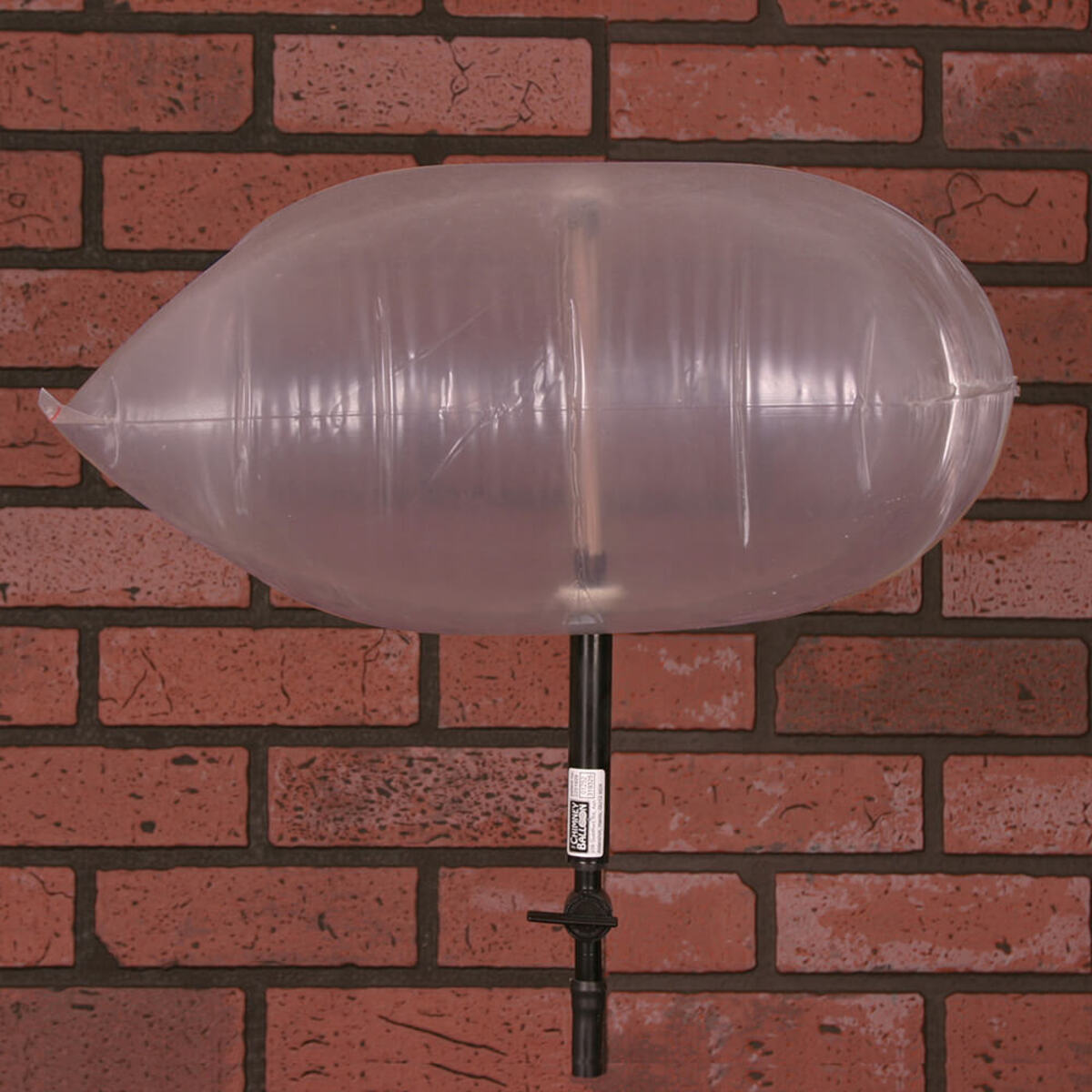
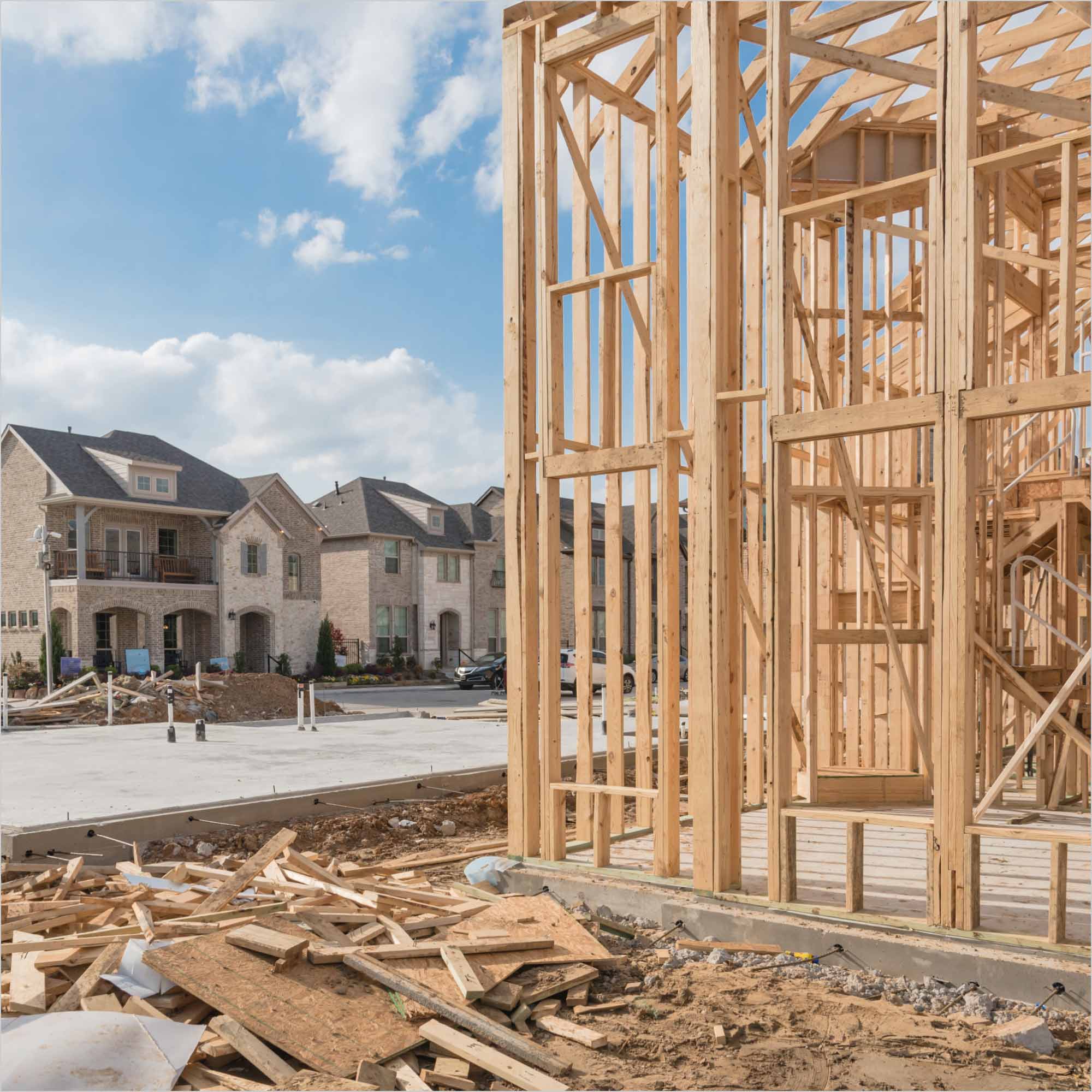

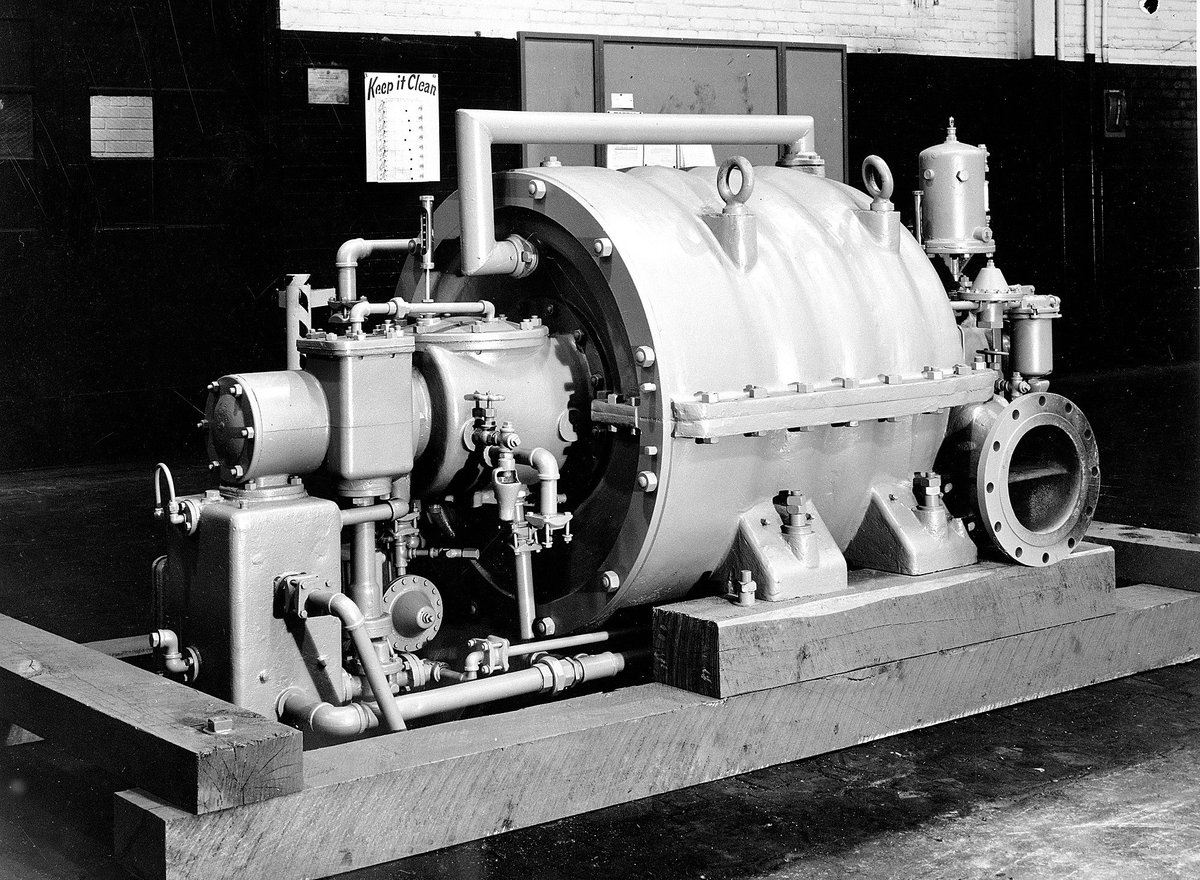
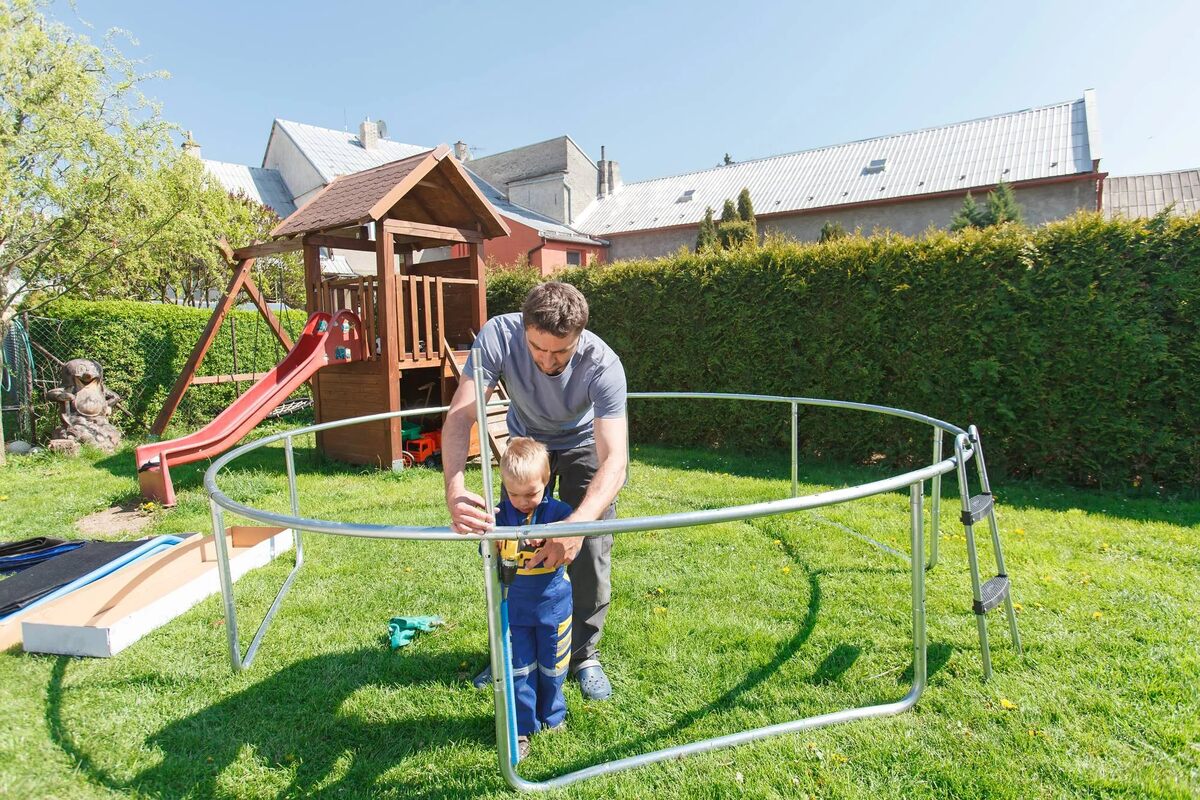
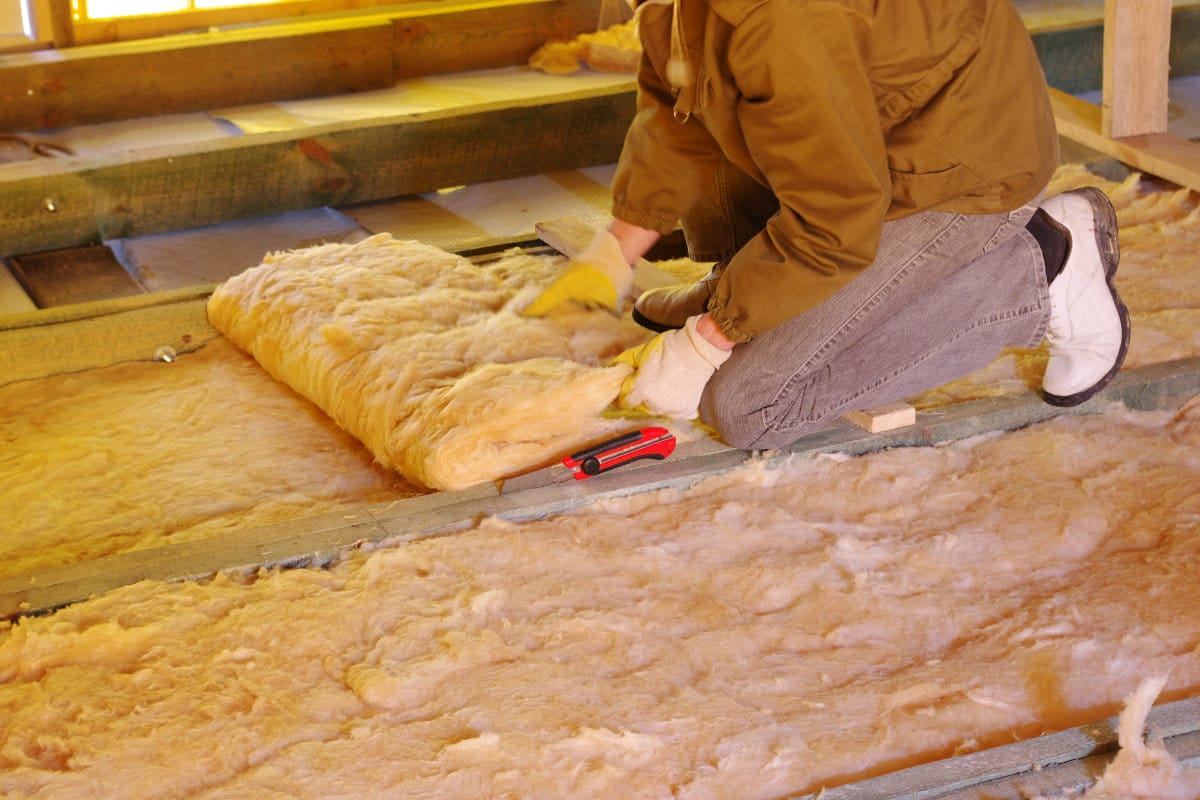

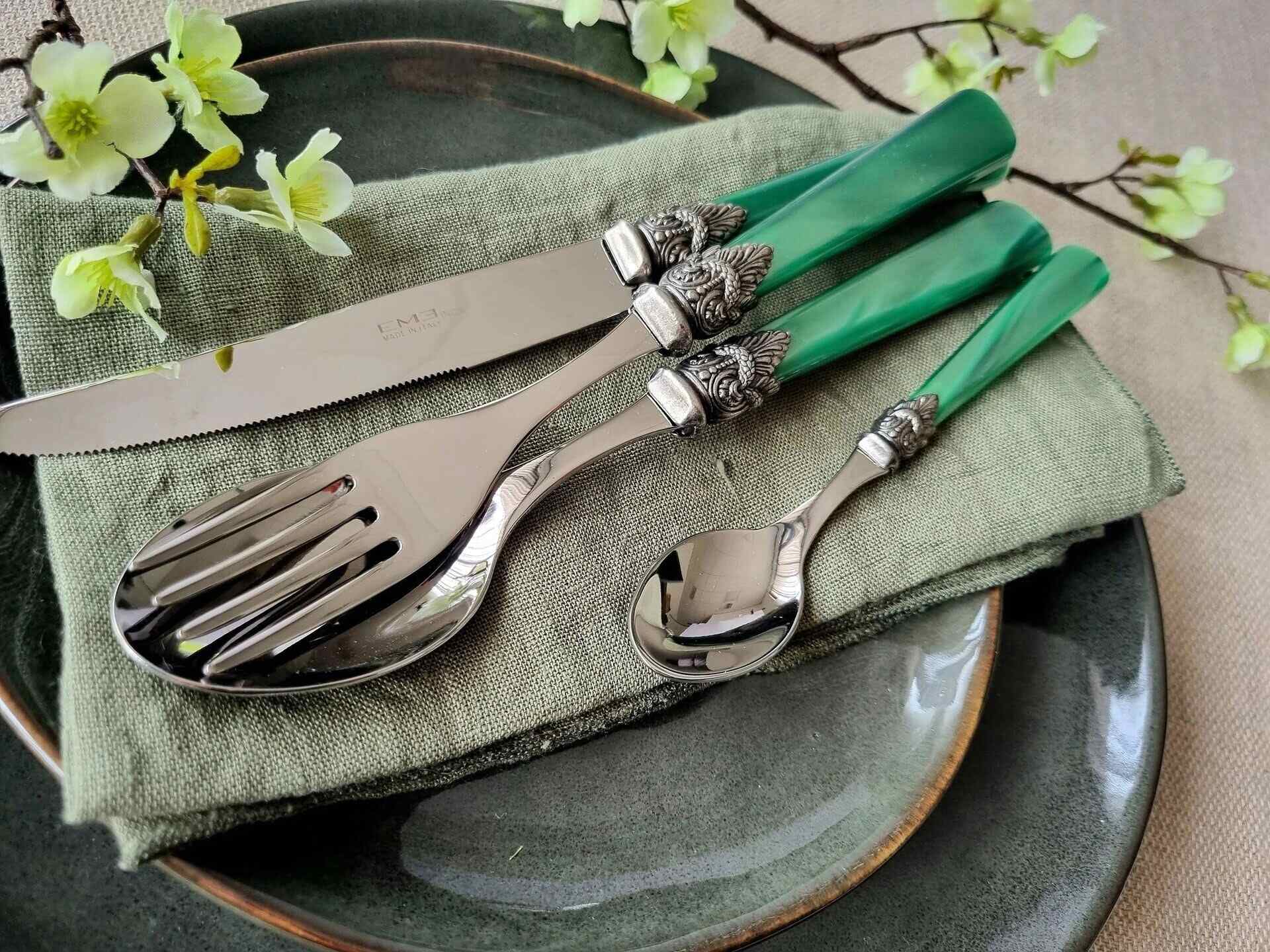
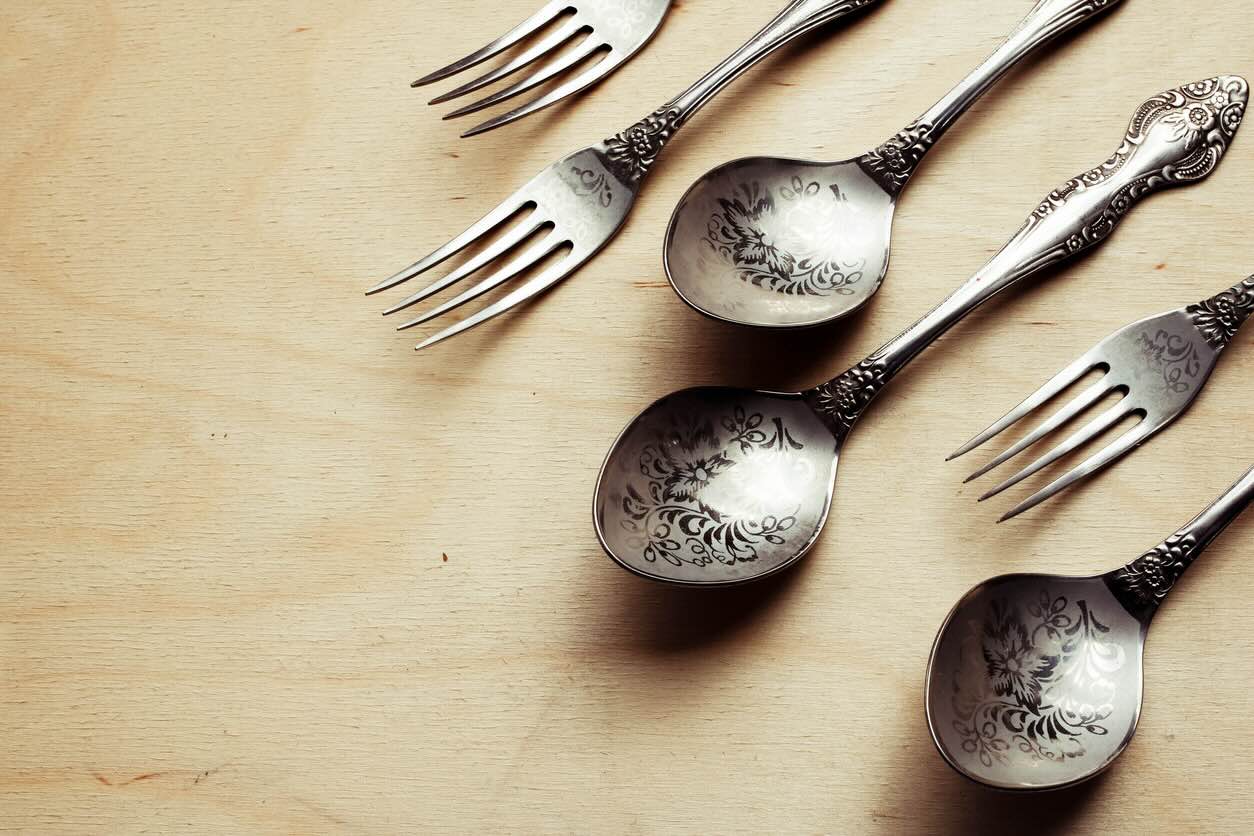
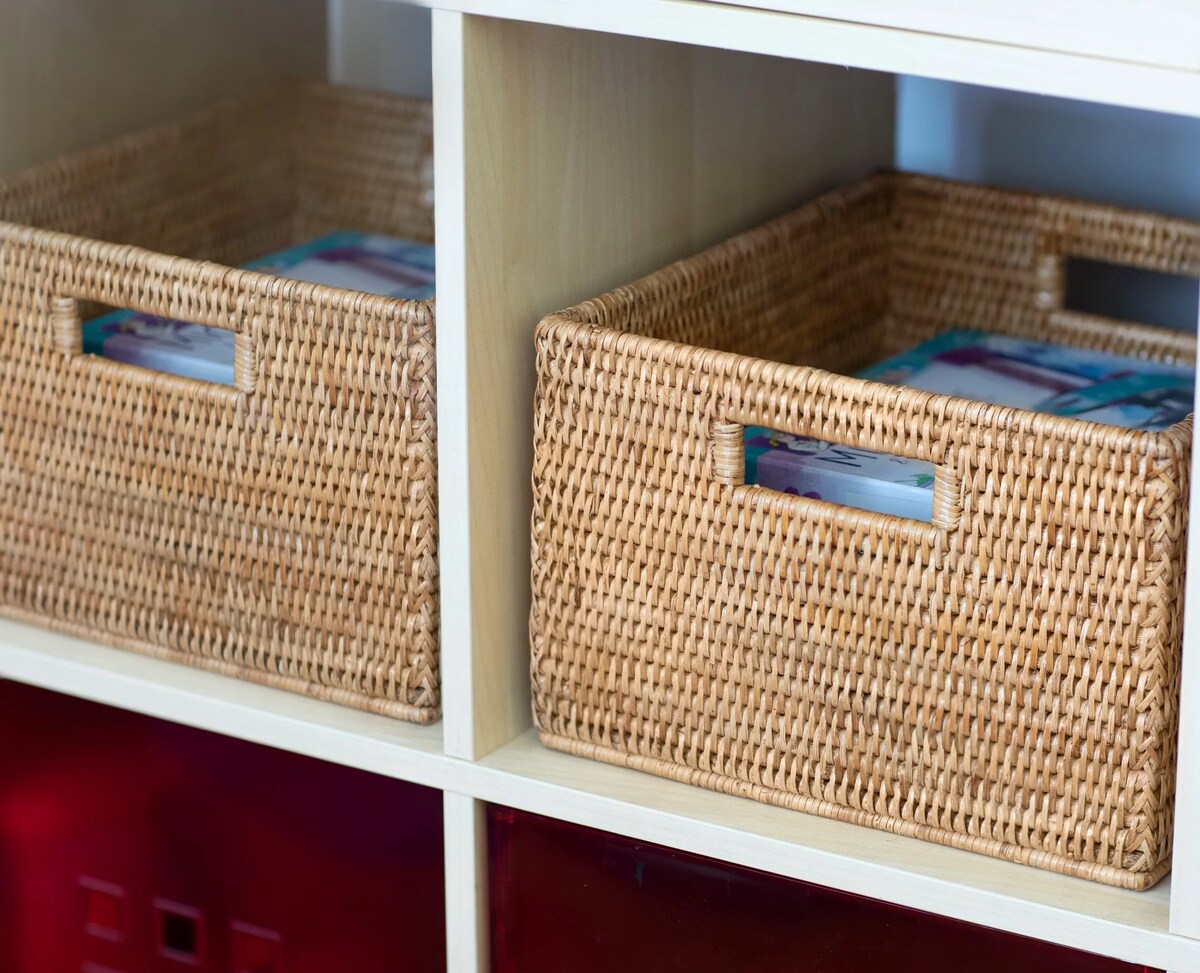



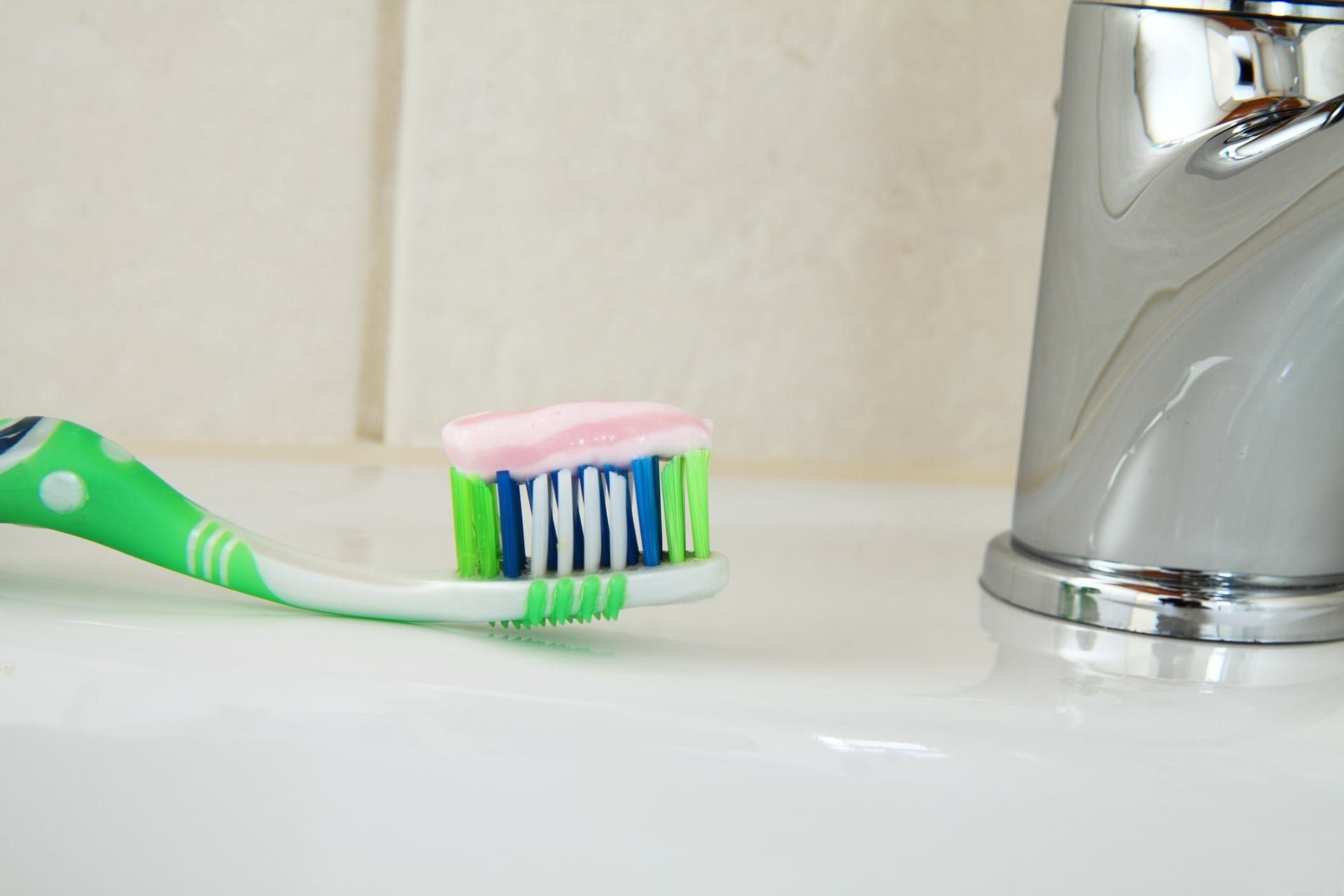

0 thoughts on “What Are Hot Air Balloon Baskets Made Of”